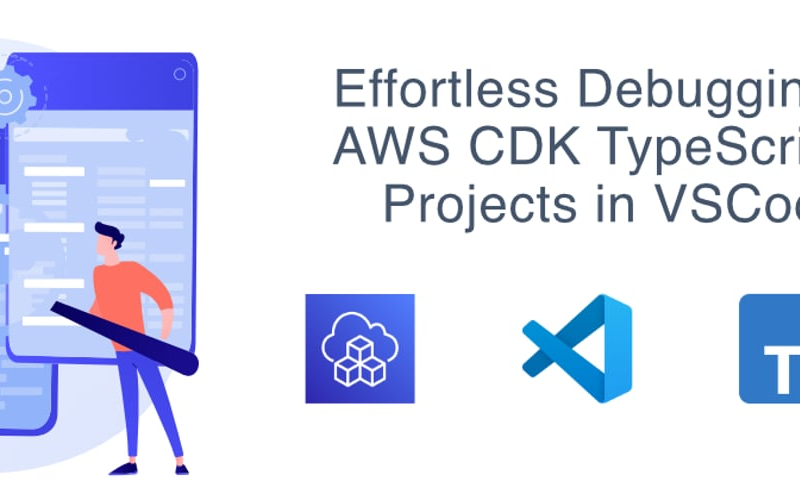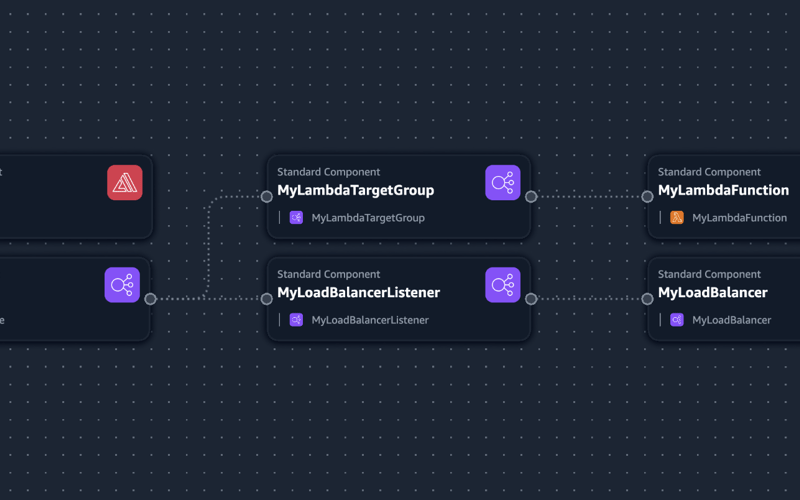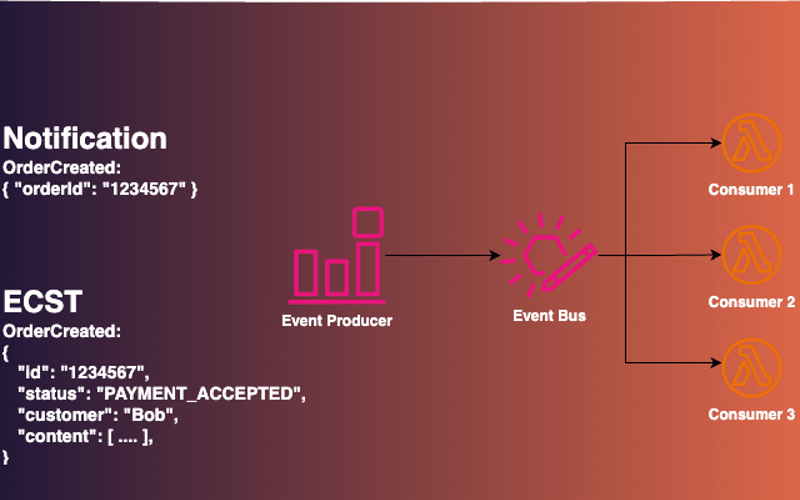28
Oct
Debugging Lambda functions should be easy, right? You want to debug as you develop, using a standard editor (VSCode), a popular IaC framework (AWS CDK), and a widely adopted language (TypeScript). But it is never quite that easy. One of the main challenges to wider serverless adoption is the developer experience itself. Setting up an effective debugging environment for Lambda functions can be challenging, especially with the variety of tools, frameworks, and configurations available. If you're using the same stack as I am, this guide will help you set up a smooth, flexible debugging environment so you can iterate through…








